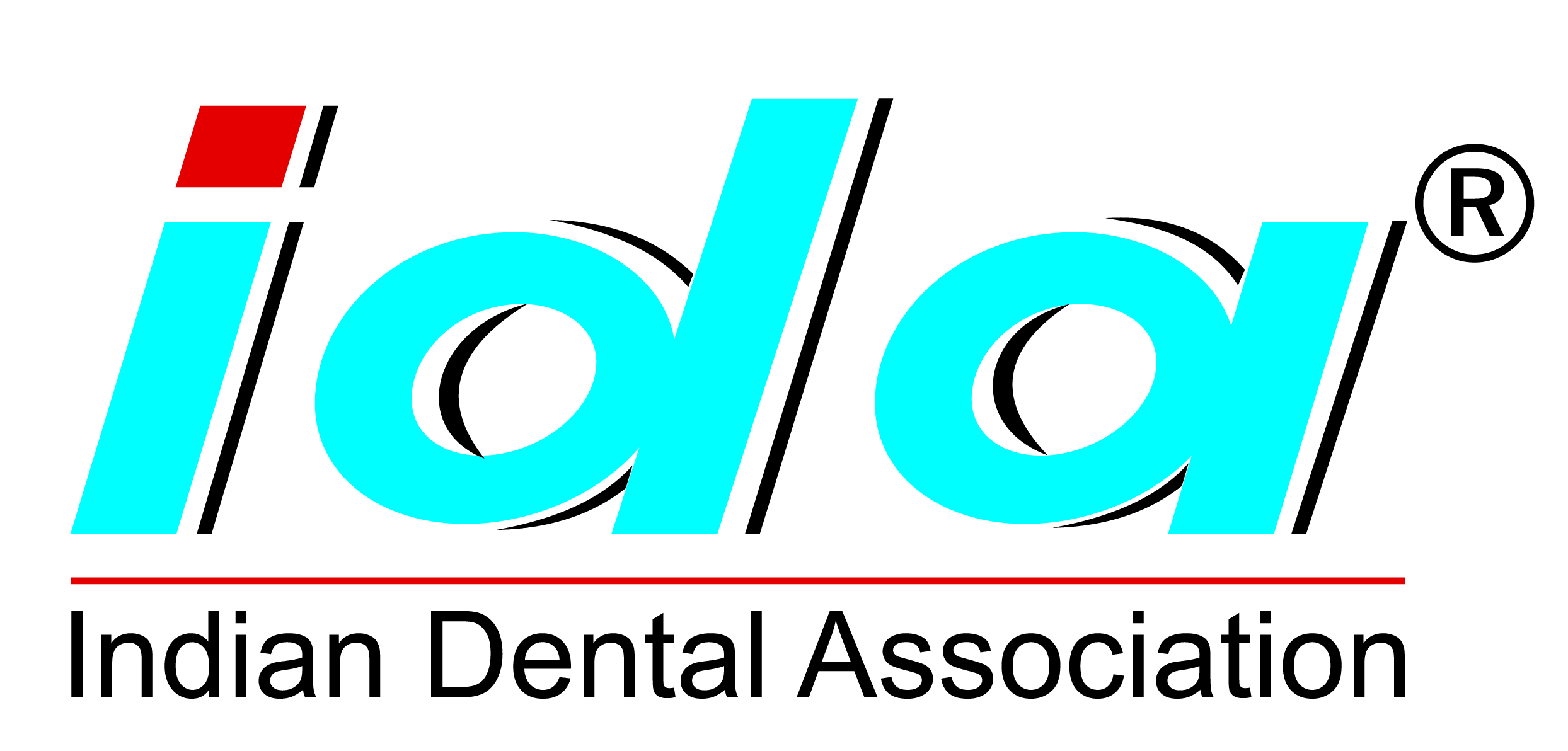HIV infects cells in the immune system and the central nervous system. The main
type of cell that HIV infects is the T helper lymphocyte. These cells play a crucial
role in the immune system, by coordinating the actions of other immune system cells.
A large reduction in the number of T helper cells weakens the immune system.
HIV infects the T helper cell because it has the protein CD4 on its surface, which
HIV uses to attach itself to the cell before gaining entry. This is why the T helper
cell is sometimes referred to as a CD4+ lymphocyte. Once it has found its way into
a cell, HIV produces new copies of itself, which can then infect other cells.
Over time, HIV infection leads to a severe reduction in the number of T helper cells
available to help fight disease. The process usually takes several years.
HIV infection can generally be broken down into four distinct stages:
This stage of infection lasts for a few weeks and is often accompanied by a short
flu-like illness. In about 20% of people the symptoms are serious enough to consult
a doctor, but the diagnosis of HIV infection is frequently missed.
During this stage there is a large amount of HIV in the peripheral blood and the
immune system begins to respond to the virus by producing HIV antibodies and cytotoxic
lymphocytes. This process is known as seroconversion. If an HIV antibody test is
done before seroconversion is complete then it may not be positive.
This stage lasts for an average of ten years and, as its name suggests, is free
from major symptoms, although there may be swollen glands. The level of HIV in the
peripheral blood drops to very low levels but people remain infectious and HIV antibodies
are detectable in the blood, so antibody tests will show a positive result.
Research has shown that HIV is not dormant during this stage, but is very active
in the lymph nodes. A test is available to measure the small amount of HIV that
escapes the lymph nodes. This test which measures HIV RNA (HIV genetic material)
is referred to as the viral load test.
Over a period of time the immune system becomes severely damaged by HIV. This happens
due to three main reasons:
- The lymph nodes and tissues become damaged or 'burnt out'.
-
HIV mutates and
becomes more pathogenic, in other words stronger and more varied, leading to more
T helper cell destruction.
-
The body fails to keep up replacing the T helper
cells that are lost.
As the immune system fails, symptoms develop. Initially many of the symptoms are
mild, but as the immune system deteriorates the symptoms worsen.
As the immune system deteriorates the illnesses become more and more severe, eventually
leading to an AIDS diagnosis.
In resource-poor communities, medical facilities are sometimes poorly equipped and
it is not possible to use CD4 and viral load test results to determine the right
time to begin Antiretroviral treatment. The World Health Organisation (WHO) has
therefore developed a staging system for HIV disease based on clinical symptoms,
which may be used to guide decision making.
- Asymptomatic.
- Acute retroviral syndrome.
- Asymptomatic.
- Persistent generalized lymphadenopathy.
-
Moderate unexplained weight loss (under 10% of presumed or measured body weight).
-
Recurrent respiratory tract infections (sinusitis, tonsillitis, otitis media, pharyngitis).
- Herpes zoster.
- Recurrent oral ulcerations.
- Papular pruritic eruptions.
- Angular cheilitis.
- Seborrhoeic dermatitis.
- Fungal nail infections.
-
Conditions where a presumptive diagnosis can be made on the basis of clinical signs
or simple investigations.
- Unexplained chronic diarrhoea for longer than one month.
-
Unexplained persistent fever (intermittent or constant for longer than one month).
- Severe weight loss (>10% of presumed or measured body weight).
- Oral candidiasis.
- Oral hairy leukoplakia.
- Pulmonary tuberculosis
-
Severe presumed bacterial infections (e.g. pneumonia, empyema, meningitis, bacteraemia,
pyomyositis, bone or joint infection).
- Acute necrotizing ulcerative stomatitis, gingivitis or periodontitis.
-
Conditions where confirmatory diagnostic testing is necessary.
-
Unexplained anaemia (< 80 g/l) and / or neutropenia (<500/µl) and / or thrombocytopenia
(<50 000/ µl) for more than one month.
-
Conditions where a presumptive diagnosis can be made on the basis of clinical signs
or simple investigations.
- HIV wasting syndrome.
- Pneumocystis pneumonia.
- Recurrent severe bacterial pneumonia.
-
Chronic herpes simplex infection (orolabial, genital or anorectal of more than one
month’s duration or visceral at any site).
- Oesophageal candidiasis (or candidiasis of trachea, bronchi or lungs).
- Extrapulmonary tuberculosis.
- Kaposi sarcoma.
- Central nervous system toxoplasmosis.
- HIV encephalopathy.
-
Conditions where confirmatory diagnostic testing is necessary.
- Extrapulmonary cryptococcosis including meningitis.
- Disseminated non-tuberculous mycobacteria infection.
- Progressive multifocal leukoencephalopathy.
- Candida of trachea, bronchi or lungs.
- Cryptosporidiosis.
- Isosporiasis.
- Visceral herpes simplex infection.
-
Cytomegalovirus (CMV) infection (retinitis or of an organ other than liver, spleen
or lymph nodes).
-
Any disseminated mycosis (e.g. histoplasmosis, coccidiomycosis, penicilliosis).
- Recurrent non-typhoidal salmonella septicaemia.
- Lymphoma (cerebral or B cell non-Hodgkin).
- Invasive cervical carcinoma.
- Visceral leishmaniasis.





